In the place where the ancient city of Melite stood, the current towns of Mdina and Rabat on the island of Malta stand. Melite, which would eventually give the island and the modern country its name, was a settlement originating in the Bronze Age, then occupied by Phoenicians and Romans until its destruction by the Aghlabid emirate in 870 AD.
Rebuilt under the name of Medina (Mdina in the Maltese language) around 1049, it remained the capital of Malta until 1530, when the Knights Hospitaller established it in Birgu.

Only a few vestiges of the Punic-Roman era remain, the most important being the Domus Romana, a house from the 1st century BC. discovered on February 3, 1881 on the border between Mdina and Rabat, at a depth of one and a half meters.
At the time of the discovery, made by workers planting trees in what is now Howard Gardens, it was called a villa thinking that it was outside the city, but later investigations showed that it was actually within the city limits.
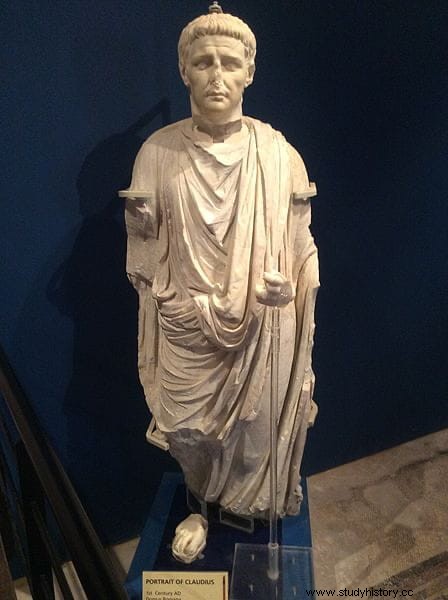
The location of the site, facing the moat and bastions of Mdina, under an artificial mound created by the Knights Hospitaller, had been deliberately left without trees or buildings, to leave it exposed and vulnerable to potential besiegers of the city.
Archaeological excavations found in the Domus several statues of the Roman imperial family (Emperor Claudius, his daughter Claudia Antonia, and a possible Nero), mosaics, and other objects such as coins, crockery, amphorae, and bathroom accessories.
They also revealed that the dwelling was in use until the 2nd century AD. and that it must have belonged to someone with important connections to Rome, since the discovery of imperial portraits in private houses is a rare occurrence in the Roman world (there are only two other cases).
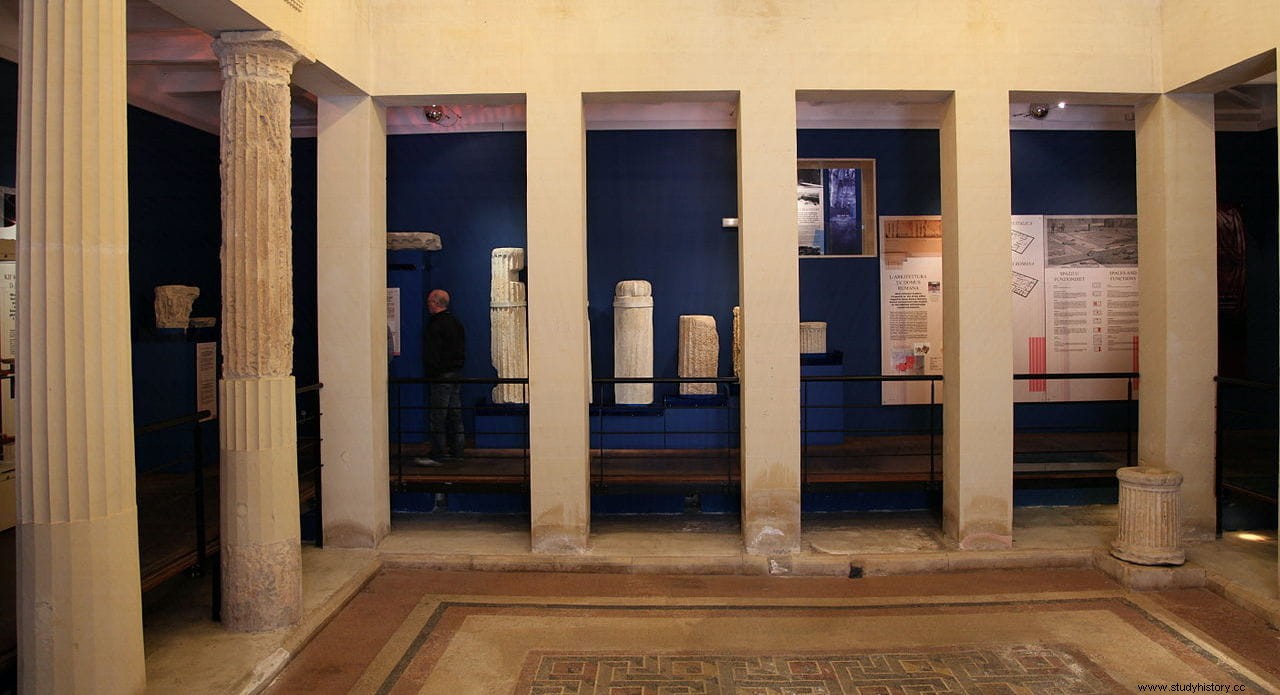
It had a peristyle with 16 Doric columns, inspired by Greek architecture, with Hellenistic-style polychrome mosaics (both in the peristyle and in the surrounding rooms) with geometric and mythological motifs. Two types of tesserae were used in them, in the center opus vermiculatum (to highlight the outline of the figures) and opus tesellatum (tiles larger than 4 millimeters) to create three-dimensional designs around the main image.
To the north and west of the peristyle were several smaller, undecorated rooms, probably the servants' quarters and workrooms. One of these rooms has the particularity of being built on numerous amphorae placed upside down, perhaps as a waterproofing measure.
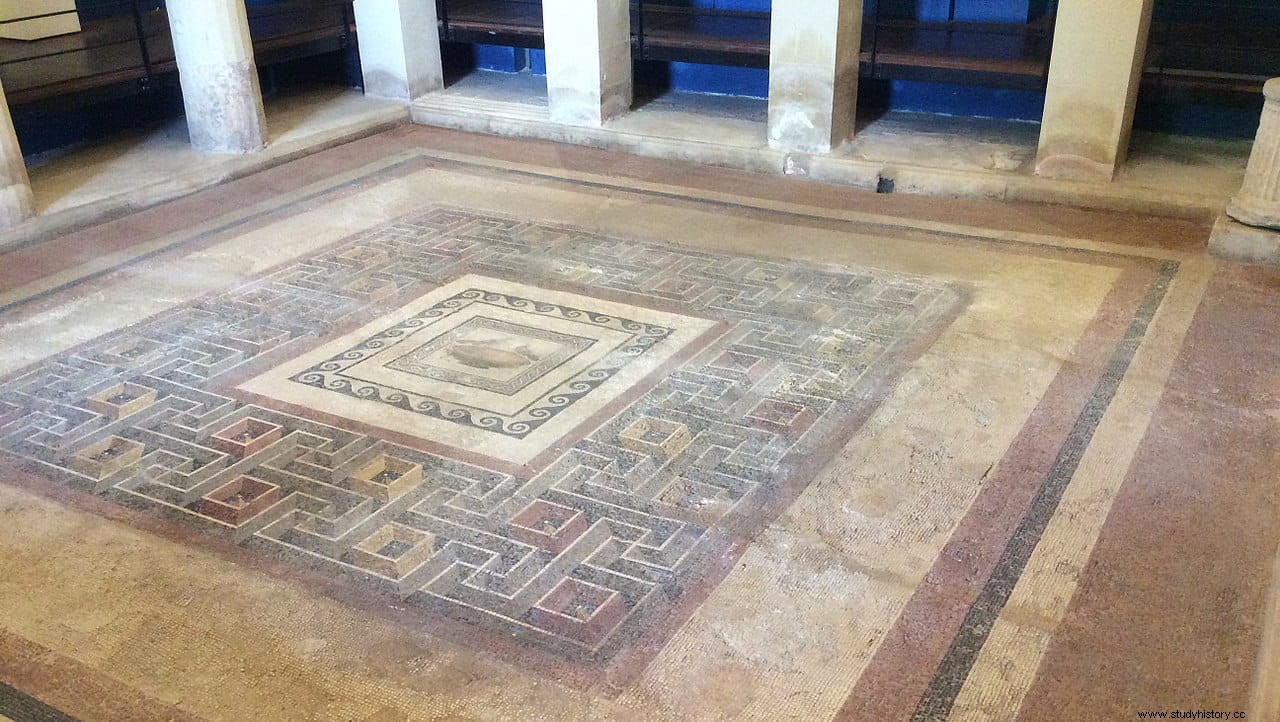
In general the date of construction and the description of the Domus Romana They seem to fit with what Diodorus Siculus says about the houses on the island at that time:
However, David Cardona (chief curator of the Phoenician, Roman and medieval sites in Malta) believes that the layout of the house is atypical, since it does not follow a straight line from the entrance to the peristyle, which leads one to think that the peristyle could be a later addition.
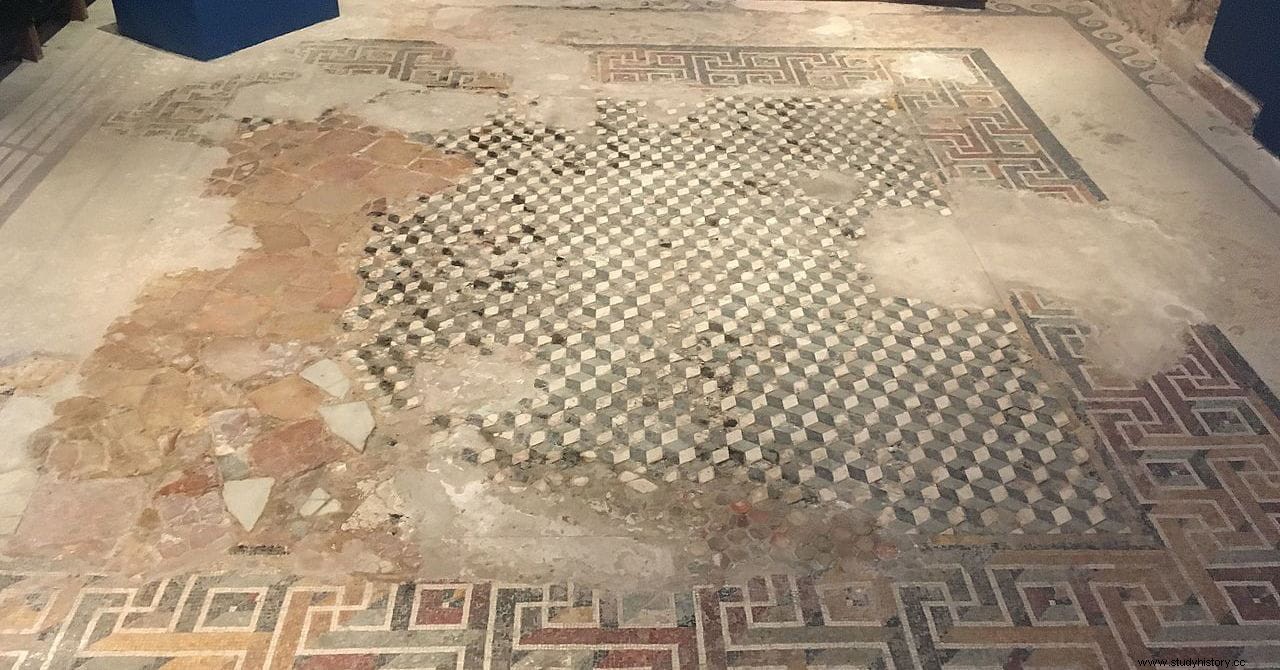
Although the house was destroyed sometime in the 2nd century AD, the mosaics survived almost intact, and have been compared in quality to those found at Pompeii.
The one in the peristyle, the most famous and best preserved of all, stands out for presenting a wide border with a Greek-style geometric pattern that shows a surprising effect of three-dimensional perspective or trompe l'oeil.
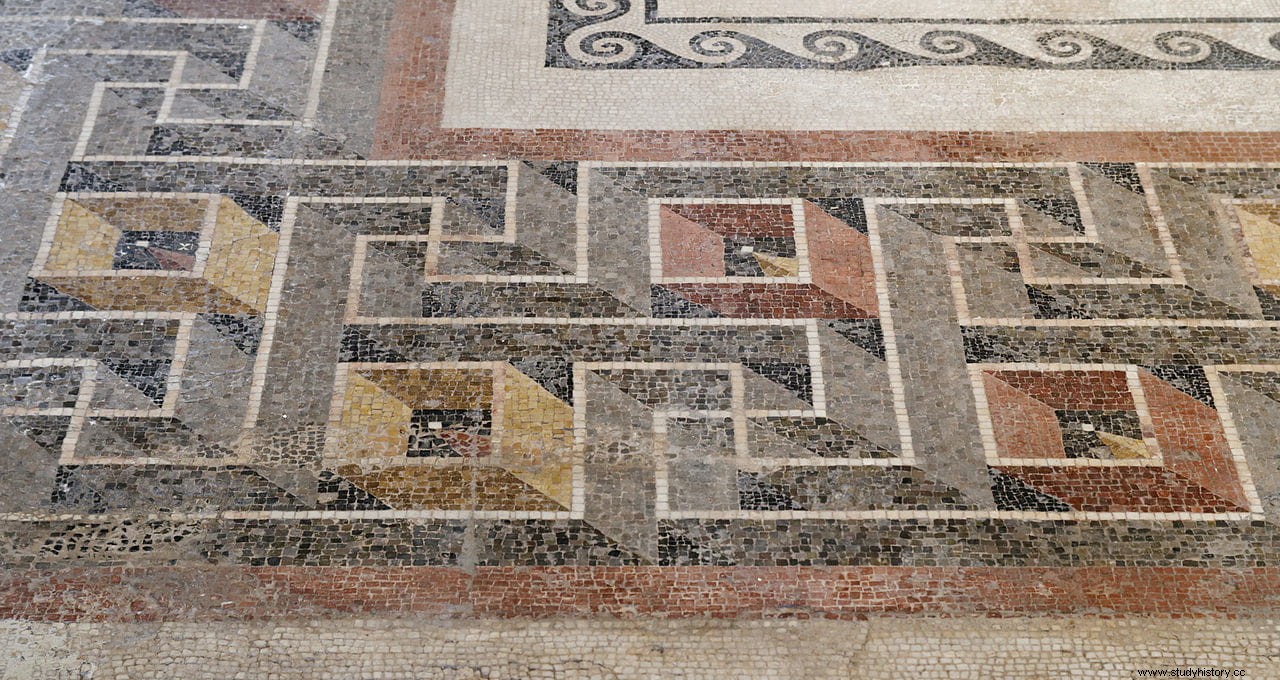
In the center of the mosaic the drinking pigeons are represented , one of the most popular and copied motifs from Antiquity created by the Greek mosaic master Soso of Pergamon, who worked in the 2nd century BC. Soso is the only mosaicist mentioned in the classical sources.
On the site of this mosaic in the peristyle, once the excavations were completed, a museum was built which opened its doors to the public just one year after the discovery, on February 20, 1882. It would be the first museum created in Malta to protect a site archaeological.
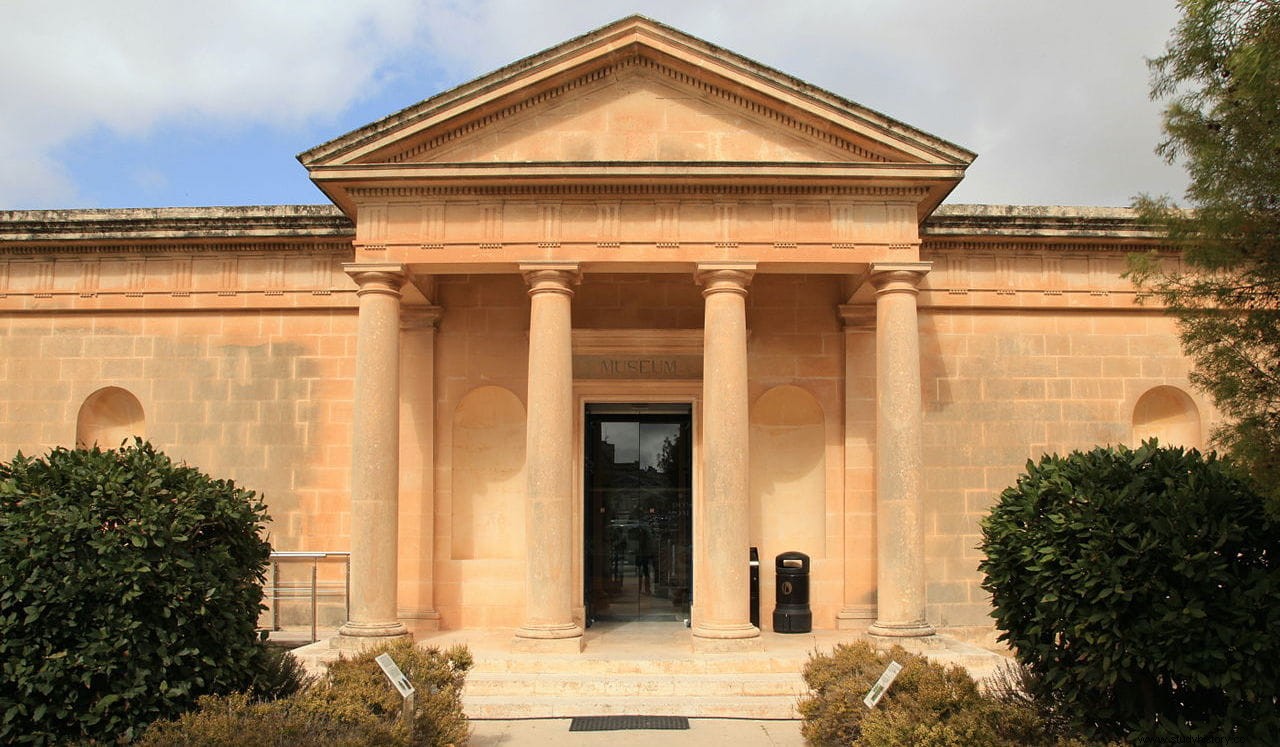
Unfortunately much of the north side of the house, which had not yet been excavated, was destroyed when the British built a road there in 1899. An analysis of the site between 1920 and 1925 found that the entire area had been a Islamic cemetery, with numerous burials on the remains of other small nearby Roman houses.
